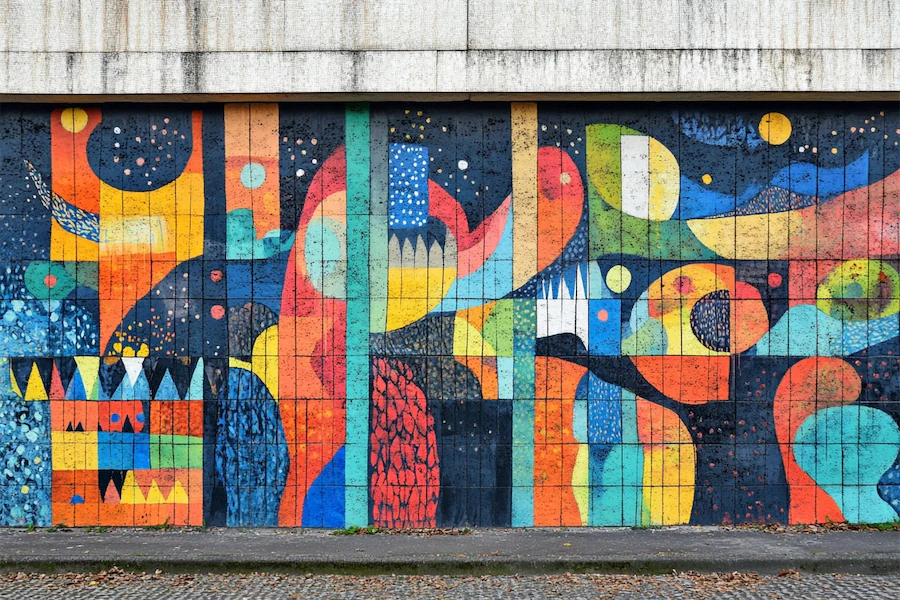The term “International Wall” does not correspond to a specific concept in architecture. However, exploring various wall designs and architectural styles that have had international influence can provide valuable insights. Below is an overview of notable wall types and architectural styles with global significance.
Introduction to Influential Wall Designs in Architecture
Walls are fundamental elements in architecture, serving structural, functional, and aesthetic purposes. Throughout history, different cultures have developed unique wall designs that reflect their technological advancements, environmental adaptations, and artistic expressions. Some of these designs have transcended their origins, influencing architectural practices worldwide.
History and Origins of Notable Wall Designs
Crinkle Crankle Wall
Originating in Ancient Egypt, the crinkle crankle wall, also known as a serpentine or wavy wall, features a sinusoidal shape. This design provides stability and strength, allowing the wall to be thinner than a straight wall without compromising integrity. The undulating form resists lateral forces effectively, eliminating the need for buttresses. This design was later adopted in England, particularly in Suffolk, where it was used in garden walls to support fruit trees.
Trombe Wall
Developed in the 1960s by French engineer Félix Trombe, the Trombe wall is a passive solar building design element. It consists of a dark, massive wall (typically made of concrete or masonry) placed behind a layer of glass with an air gap in between. The wall absorbs solar energy during the day and releases heat into the building at night, enhancing energy efficiency.
Battered Wall
Battered walls have a receding slope, thicker at the base and tapering as they rise. This design has been utilized in various cultures, including ancient fortifications and traditional Tibetan architecture, to provide stability and resistance against natural forces like earthquakes.
Key Features of These Wall Designs
- Crinkle Crankle Wall: The wavy structure provides stability, allowing for thinner construction without the need for additional support structures.
- Trombe Wall: Functions as a thermal mass, absorbing and storing solar energy to regulate indoor temperatures, contributing to passive solar heating.
- Battered Wall: The sloped design enhances structural stability, particularly in seismic areas, and is effective in fortifications to deflect projectiles.
Applications of These Wall Designs
- Crinkle Crankle Wall: Commonly used in garden walls, especially in regions like Suffolk, England, to support fruit trees and add aesthetic appeal.
- Trombe Wall: Incorporated in energy-efficient building designs worldwide to reduce reliance on active heating systems.
- Battered Wall: Employed in fortifications, retaining walls, and traditional buildings in seismic zones to enhance durability and resistance.
Considerations When Choosing Wall Designs
- Climate: For instance, Trombe walls are most effective in regions with significant solar exposure.
- Materials: Availability and thermal properties of materials influence the choice and effectiveness of wall designs.
- Structural Requirements: The intended load-bearing capacity and stability needs dictate the suitability of designs like battered walls.
- Aesthetic Preferences: Designs such as crinkle crankle walls offer unique visual appeal that may align with specific architectural styles.
Conclusion
While “International Wall” is not a defined architectural term, exploring various wall designs like crinkle crankle, Trombe, and battered walls reveals the diversity and ingenuity in architectural practices across cultures. Understanding these designs provides valuable insights into how different societies address structural, environmental, and aesthetic challenges in building construction.
